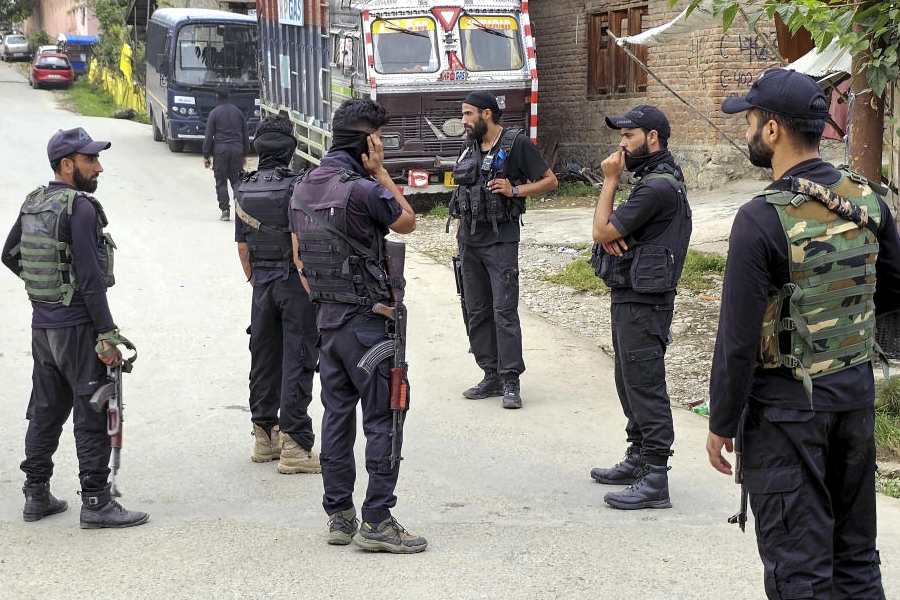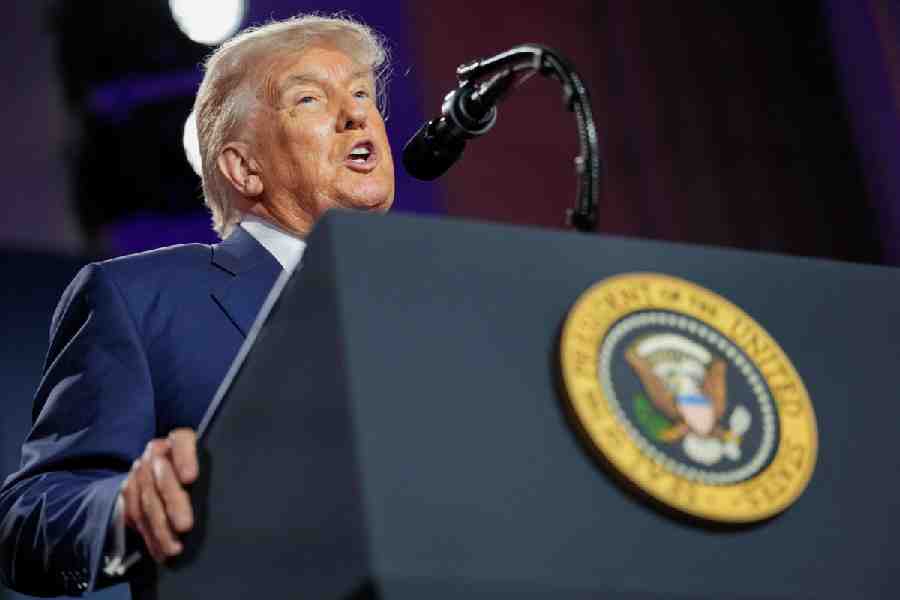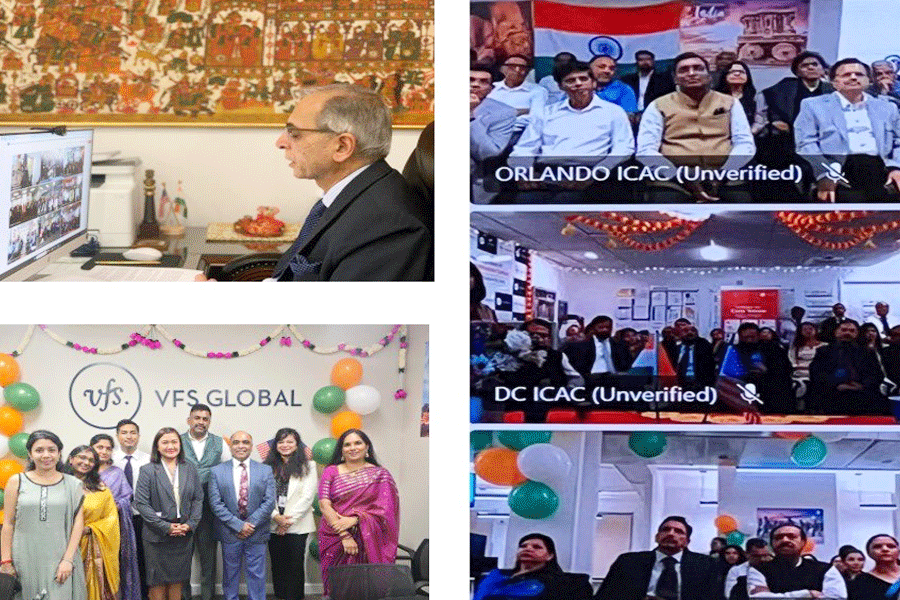 |
| Rio at Phesama village. Picture by DIPR |
Phesama (Kohima), Aug. 18: Small is big in the power-generation scenario.
Four tiny contraptions called “hydrogers” are being used to meet the power requirements of this hamlet near the Nagaland capital, giving the concept of self-sufficiency a new meaning.
Conceived by an organisation called the Nagaland Empowerment of People through Economic Development (NEPED), the power project is simple yet effective.
Four turbines installed in a small stream, Dzucharu, generate power ranging between 0.5 and 5 KW, which is enough for a small village.
During his visit to China last year, NEPED team leader and senior government official Alemtemshi Jamir noticed how small farmers there generate power using miniature turbines.
A few turbines were imported from China for an experiment in a Naga village. Farmers installed the reaction turbines — small blades with a coil and a pipe — themselves.
Chief minister Neiphiu Rio, who visited the site this week, was thrilled to see the success of the experiment and requested governor Shyamal Datta to make a visit. The governor did so the very next day and was admittedly “amazed” to see the small contraptions bring bulbs, tubelights and even television sets with dish antennas to life.
An exultant Rio said: “This project will be a model for the whole of the Northeast. But we need to first expand its reach within the state.”
Experts are convinced small turbines can be used to generate 1,000 MW of power in Nagaland and 5,000 MW across the region.
The hydel projects at Doyang and Likhimro, with capacities of 75 MW and 24 MW, do not meet the state’s spiralling demand for power. The unit at Likhimro has not been functioning because of technical snags. The success of the Phesama experiment, however, spells hope for the power-starved state.
A group of villagers has been trained in fitting and maintaining the hydrogers. “It is easy and I can do it myself,” said Bao Lhoushe, a farmer.
The NEPED is a venture started a few years ago with the help of the India Canada Economic Facility to promote projects for sustainable development.
Jamir said hydrogers could be manufactured locally. “It is a simple mechanism and we can manufacture it in Dimapur. The cost will not be more than Rs 30,000 per set.”
The chief minister said after his visit to Phesama that the government would offer subsidies to encourage farmers to buy the turbines.
Engineers Sancho Odyuo and Kavito Chishi have installed two hydrogers of 5 KW capacity each. “Another hydroger, called an “impulse turbine”, will be installed shortly,” said Odyuo, an M.Tech in renewable sources of energy.
Chishi said an 11 KV line would be enough to take power to the village, which is 2 km away. “Transmission losses will be negligible and farmers can depend on it for their post-harvest power requirements,” he said.
The machines can be uninstalled easily during winter. Lhoushe said the villagers could build small dams for uninterrupted power supply during the dry season.
The NEPED team has mapped about 300 sites in the state where the project can be implemented. Farmers only have to build bamboo frames for the contraptions and divert water from a stream into the cylinders.










